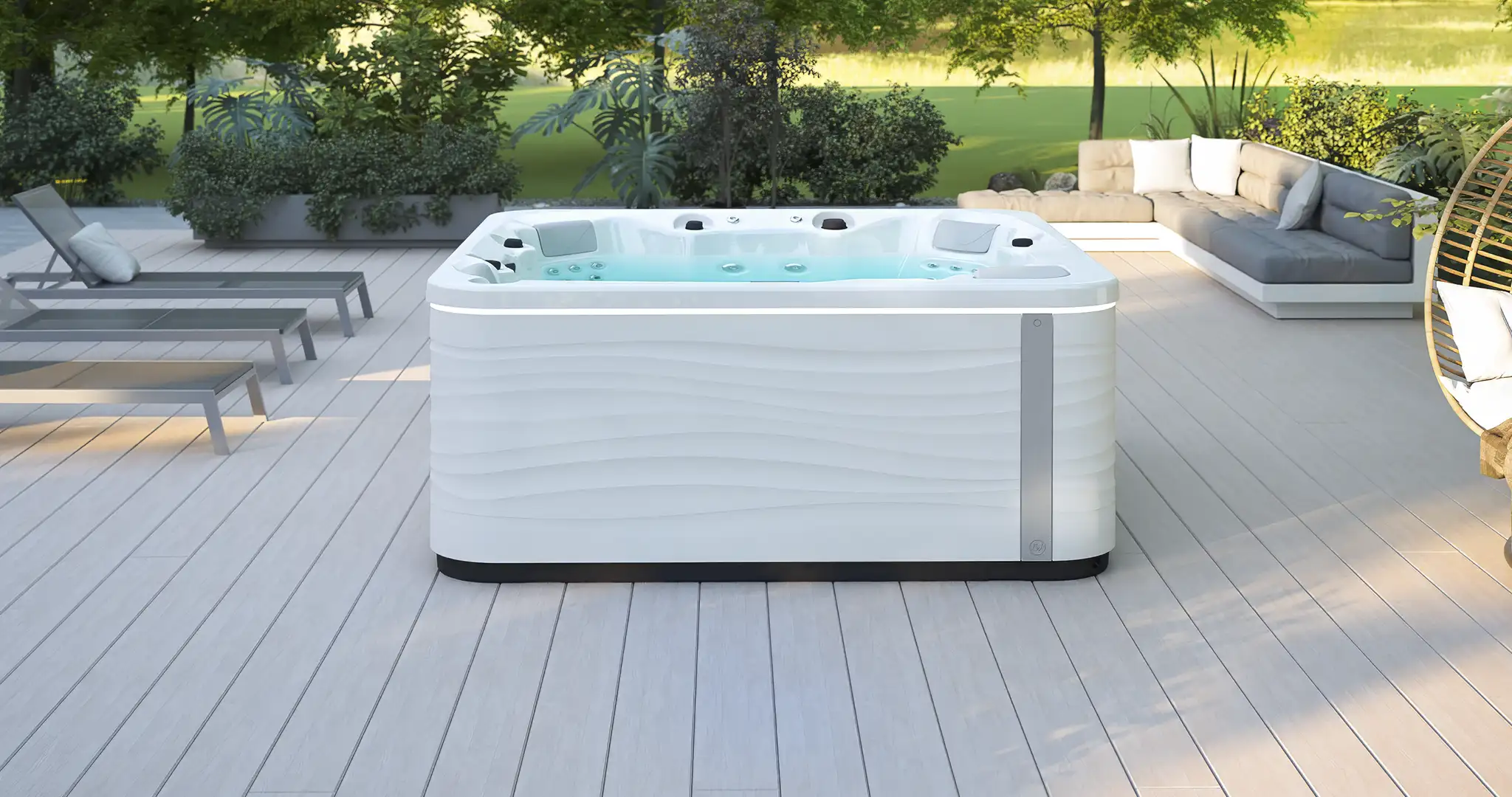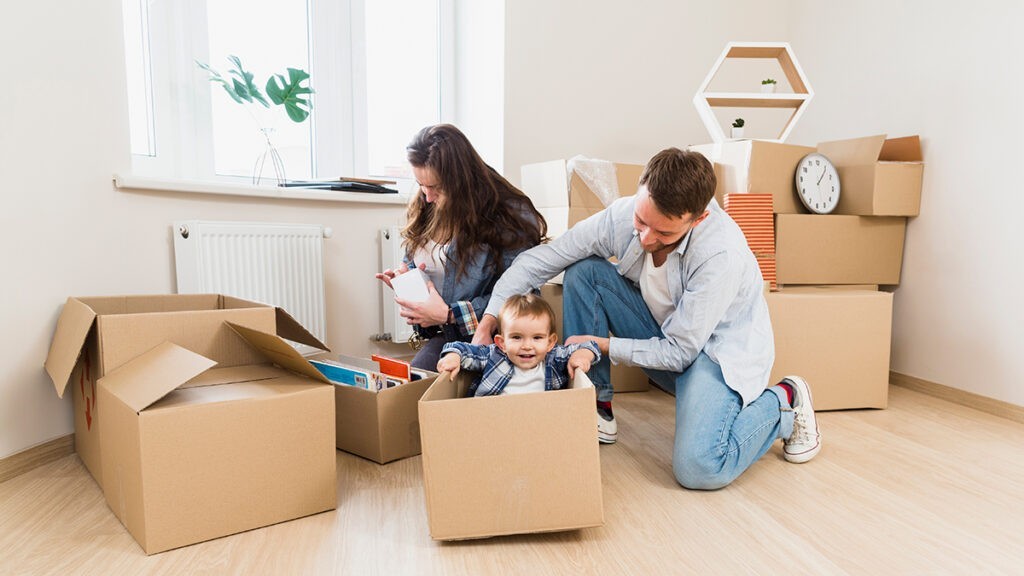When it comes to home improvement projects, having the right tools can make all the difference between a successful DIY endeavor and a frustrating, unfinished task. Whether you’re hanging pictures, assembling furniture, or tackling more complex renovations, the right tools can help you achieve professional results while saving you time and money. Here’s a list of essential tools every DIY homeowner should have in their arsenal.
1. Hammer
A hammer is a basic tool that is indispensable in any toolbox. It’s used for driving nails, pulling them out, or even for light demolition tasks. A well-balanced, comfortable hammer with a solid steel head is ideal for most general home repair projects. Opt for a standard 16-ounce hammer, which is perfect for everyday tasks like hanging frames, repairing wood, or assembling furniture.
2. Screwdriver Set
A good screwdriver set should include both flathead and Phillips-head screwdrivers in a range of sizes. These tools are used for tightening or loosening screws, which you’ll encounter frequently when assembling furniture, installing appliances, or making repairs. While traditional screwdrivers are essential, many DIY homeowners opt for a cordless drill with screwdriver bits for added convenience and power.
3. Tape Measure
Accurate measurements are crucial for almost every home improvement task. A tape measure is an essential tool that helps you measure spaces, furniture, or materials before cutting or installing. Choose a sturdy, retractable tape measure that extends at least 25 feet for most jobs around the home. Look for a model with both metric and imperial units for versatility.
4. Level
When you need to ensure that your pictures, shelves, or appliances are perfectly aligned, a level is the tool for the job. A level helps you determine if surfaces are horizontal (for shelves or counters) or vertical (for doors or windows). A small, handheld level is ideal for smaller tasks, but a larger 24-inch level can help with bigger projects like hanging cabinets or installing flooring.
5. Utility Knife
A utility knife is one of the most versatile tools in your toolkit. It’s perfect for cutting through materials like cardboard, carpet, insulation, or drywall. With a retractable blade, it provides precision and safety while working with various materials. This tool is a must-have for tasks such as trimming edges, opening packages, or cutting drywall for home repairs.
6. Pliers
Pliers come in a range of styles, each designed for a different purpose. For general use, needle nose pliers are excellent for gripping small objects in tight spaces, while diagonal pliers are ideal for cutting wires or nails. Locking pliers, often called vice grips, are perfect for holding onto objects with a strong grip, making them invaluable for a variety of tasks.
7. Adjustable Wrench
An adjustable wrench allows you to tighten or loosen nuts and bolts of various sizes without needing a full set of fixed-size wrenches. This tool is especially useful for plumbing or assembling furniture. Look for one that has a comfortable handle and smooth adjustment mechanism to easily shift between different sizes.
8. Cordless Drill
A cordless drill is a must-have for nearly every DIY project. It’s versatile enough to handle drilling holes in wood, metal, and masonry, as well as driving screws with the appropriate bits. Look for a drill with adjustable speed and a rechargeable battery. Some drills come with multiple attachments, making them even more useful for a variety of tasks.
9. Saw
Whether you’re cutting wood for a furniture project or trimming a piece of baseboard, a saw is an essential tool. A handsaw is ideal for small, manual cuts, while a jigsaw is perfect for cutting curves or intricate shapes. For larger jobs, a circular saw is a more powerful option for cutting through larger pieces of wood or plywood. For precise cuts, you might also consider a miter saw.
10. Stud Finder
When hanging heavy items like shelves or mirrors, you need to ensure that you’re securing them into the studs (the wooden beams in the walls) rather than just the drywall. A stud finder can help you locate these beams behind the wall. This simple tool makes it easier to securely hang items and avoid damage to your walls.
11. Caulking Gun
A caulking gun is essential for sealing gaps and cracks around windows, doors, or sinks. Caulk helps to improve insulation, prevent drafts, and prevent water damage. With the right caulk and gun, you can easily apply a smooth bead to any surface that needs sealing, such as around bathtubs, toilets, or kitchen counters.
12. Toolbox
To keep all of these essential tools organized and accessible, a toolbox or tool bag is necessary. A well-organized toolbox ensures that you can quickly find the right tool for the job and keeps everything in good condition. Choose one that is durable, lightweight, and has enough compartments for all your tools.
Conclusion
Having these essential tools in your home can save you time and money by enabling you to tackle a wide variety of DIY projects. From simple repairs to more involved renovations, these tools will help you complete tasks with confidence and precision. Investing in quality tools will make your DIY experience smoother, and they will last for years to come. So, get your toolbox ready, and start improving your home one project at a time!




